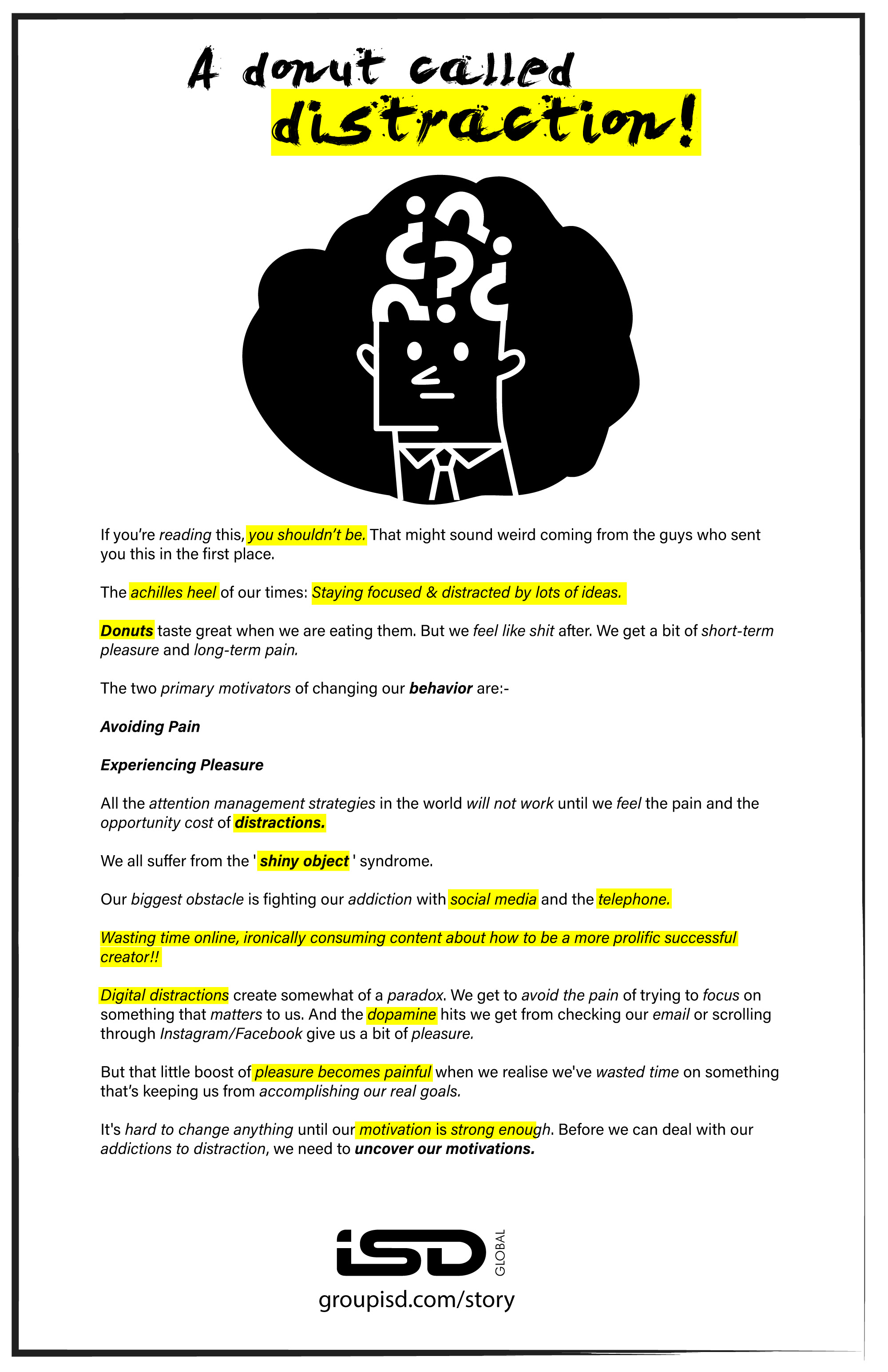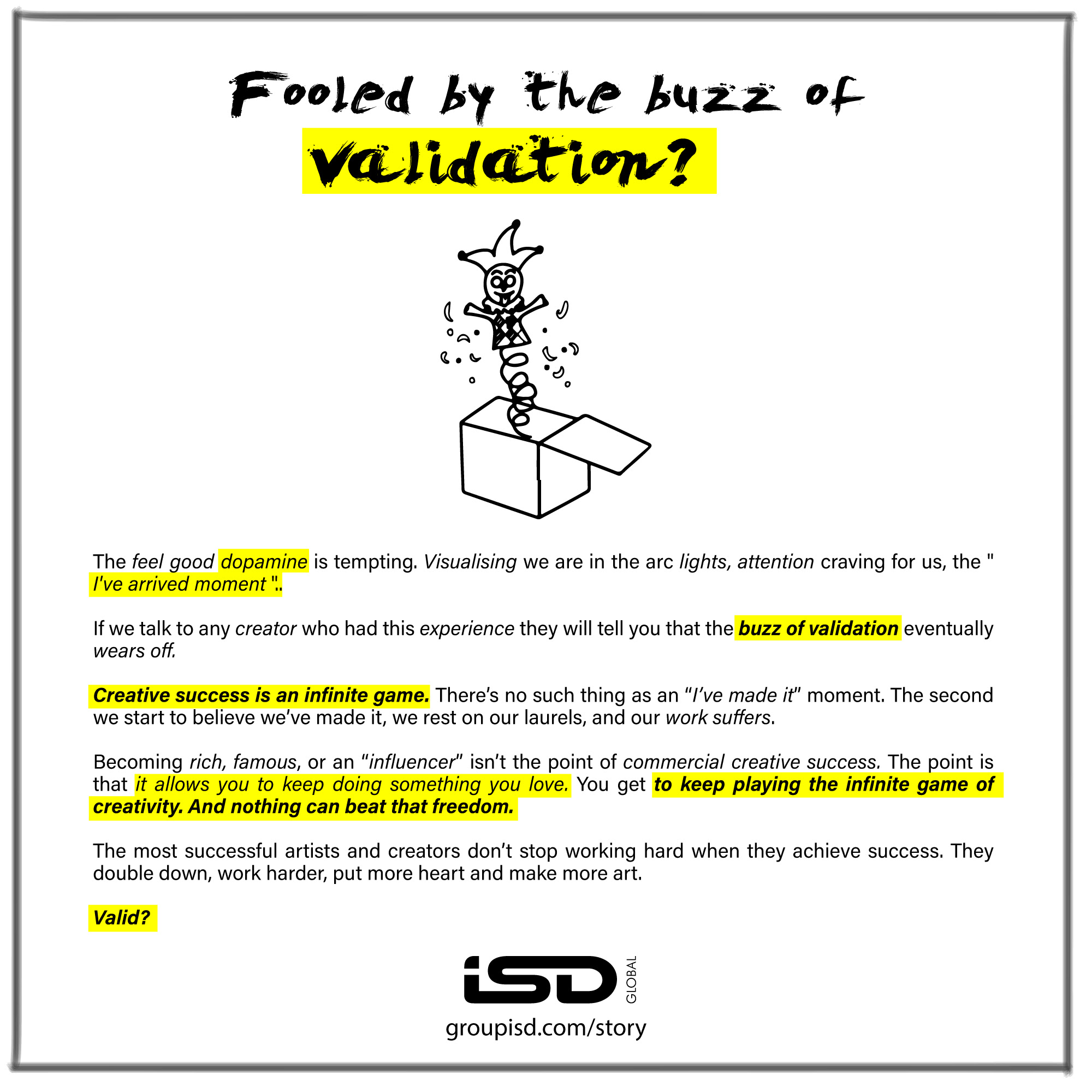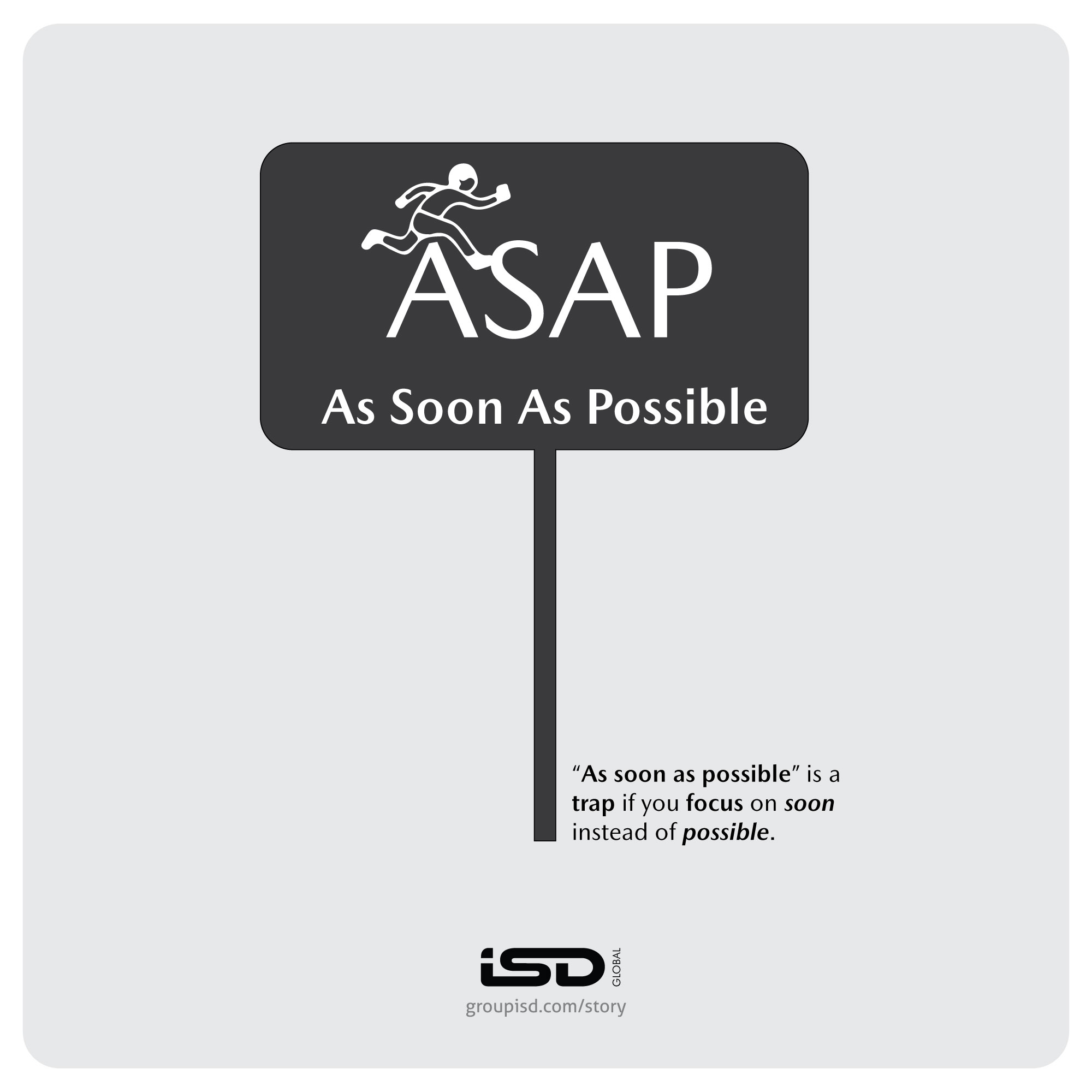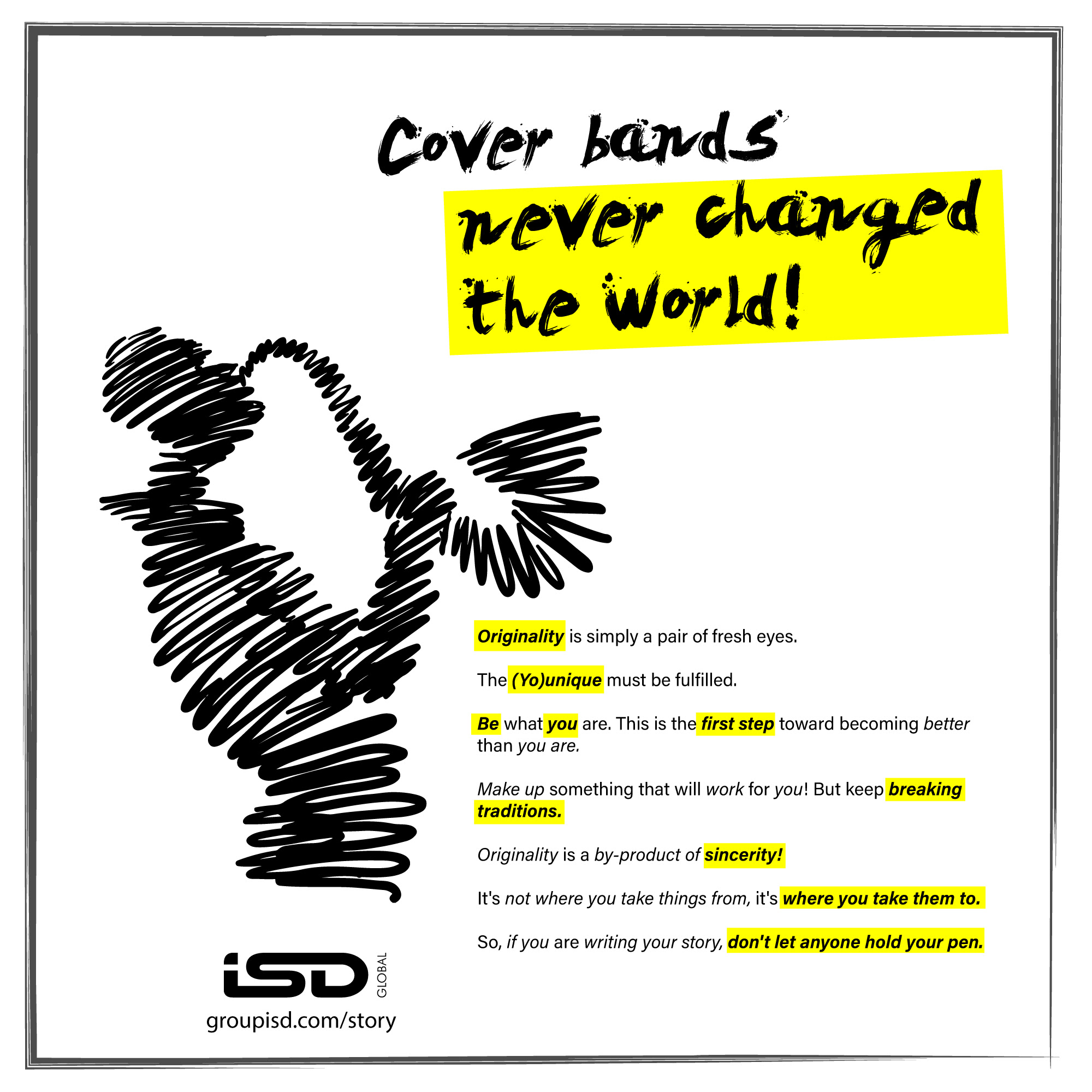“Originality consists of returning to the origin.” – Antoni Gaudí
I read this quote a few days back and the credit for this blog post must be attributed to the inspiration drawn from this one profound line. So, let that marinate. It’s not a forward command. It’s a homecoming.
Antoni Gaudí was told his architecture was ‘impossible.’ Today, 3 million people visit his ‘impossible’ cathedral every year. His secret? Going backward.”
We have all been been taught to look out there for inspiration—to competitors, to trends, to what’s “hot” right now. But the great ones? They look in here. Not navel-gazing introspection, but something deeper: the fundamental truths of their craft, their culture, their core.
It is not a chicken or egg situation. Let’s ask what came first. Before the complexity, before the layers of “best practices,” before everyone started doing it this way—what was the original impulse? In writing, it’s storytelling around a fire. In business, it’s solving a real human problem. In art, it’s making someone feel something.
The lesson possibly here is to look at the masters before the masters. Not just look at competitors. Tracing the lineage back to go upstream. Jazz musicians study Bach. Chefs study grandmothers. Tech visionaries study libraries. Counter intuitive, yes. Effective. Bloody hell YES!
Coco Chanel didn’t invent fashion. She returned to the origin of how women wanted to move and feel, liberating them from corsets and excess, giving them back their bodies.
Ray Kroc didn’t invent the hamburger. He returned to the origin of what Americans wanted—fast, reliable, consistent—and built an empire(McDonalds) on the fundamentals.
And I am sorry to disappoint the K-Pop fans. You think BTS’s “Dynamite” is original? On the surface, it’s a shiny, disposable pop confection. But scrape the gloss. Its origin isn’t in a Seoul recording studio; it’s in the funk and soul of 1970s America. They didn’t copy it; they absorbed its DNA—the origin of feel-good, dance-floor joy—and rebuilt it with Korean precision and a 21st-century heartbeat. They returned to the root of rhythm to create a new branch.
Your grandmother’s recipe for that perfect, crispy-laced dosa. It’s not in a cookbook. It’s in the memory of her hands, which learned from her mother, who learned from the origin of fire and flour. The “food blogger” who adds truffle oil and quinoa to it isn’t being original. They’re just decorating a ghost. The true originality is in making it exactly as it was meant to be—a perfect return to the origin of taste and tradition.
See the pattern? Originality isn’t addition. It’s subtraction back to essence.
The best films are exceptional not because of what we see but because of what we don’t see.
Tadao Ando grew up poor in Osaka. Boxing was his first career. Architecture? That came later, self-taught, through books and buildings, with no formal degree cluttering up his vision.
When he finally designed his first house, he couldn’t afford furniture. So he embraced the origin of Japanese spatial philosophy—ma, the concept of negative space, the void that gives meaning to presence. His “empty” rooms weren’t lacking; they were full of possibility.
Today, Ando is one of the world’s most celebrated architects. His concrete walls, his play of light and shadow, his ruthless elimination of the unnecessary—all of it traces back to that original poverty that forced him to ask: “What do we really need?”
The Western world, drowning in excess, now pays millions to experience the “minimalism” that Ando discovered by necessity. He didn’t invent it. He remembered it.
We have fallen hook, line and sinker to the origin myth story we have been sold for aeons. We live in an age drunk on novelty. “Disrupt or die,” they say. “Move fast and break things.” Every startup pitchman promises to reinvent the wheel, reimagine the paradigm, revolutionize the mundane. We’ve confused originality with newness, and therein lies our spectacular error.
Antoni Gaudí—is the mad genius who gave us Barcelona’s Sagrada Família—he understood something profound that would make most Silicon Valley prophets weep into their kombucha: True originality isn’t about inventing something from nothing. It’s about rediscovering something we forgot we knew.
When Gaudí designed his masterpieces, he didn’t conjure alien geometries. He looked at nature—the original architect. The spirals of nautilus shells. The branching of trees. The hexagonal perfection of honeycombs. He returned to the origin, to the fundamental grammar of the universe itself, and from there, created buildings that had never been seen before.
The paradox is perfect: He was utterly original because he wasn’t trying to be.
Jorge Luis Borges lost his sight in 1955, right around the time he was appointed Director of Argentina’s National Library. Cruel irony? Perhaps. Or perhaps the universe knew what it was doing. Out of sight, but then look what came out of his mind!
Unable to read, Borges returned to the origin of storytelling—oral tradition, memory, the ancient art of weaving tales from the threads of what we carry inside us. He began dictating his stories, drawing from the vast library of his mind, from myths and legends that predated the written word.
And what happened? He created some of the most innovative, labyrinthine, mind-bending literature of the 20th century. “The Library of Babel,” “The Aleph,” stories that played with infinity, time, and parallel realities—all because a blind man returned to the oldest way humans ever told stories: one voice, one listener, one shared dream in the dark.
The takeaway isn’t subtle: When you can’t move forward, sometimes the universe is telling you to dig deeper.
Ando had poverty. Borges had blindness. Gaudí had a client who wanted something “different” and the freedom to experiment. Constraints aren’t obstacles—they’re the fingers of fate pointing you toward your origin. As Ryan Holiday calls it ” The Obstacle Is The Way “.
In an age of artificial intelligence and infinite content, the most original thing you can do is be fundamentally human. In a world of shortcuts and hacks, the most disruptive move is to master the fundamentals. In a culture addicted to trends, the most radical act is to be timeless.
Gaudí spent 40 years building the Sagrada Família. It’s still not finished. But it’s already immortal.
Why? Because he built it on principles as old as creation itself—geometry, light, growth, aspiration. He didn’t chase the zeitgeist. He chased the eternal.
Your most original work won’t come from trying to be different. It will come from being so deeply yourself, so rooted in first principles, so committed to the essence of what you do, that imitation becomes impossible.
Not because you’re weird. But because you’re true.
In closing, sharing something as food for thought. A couple of them. So that we stop chasing originality and start embodying it.
–Become a “Why” Archaeologist:Before you create anything—a presentation, a marketing campaign, a sourdough starter—ask not “What’s new?” but “What’s the first principle?” What is the fundamental problem? The primal need? The core emotion? Start there. The answer is your origin.
–Embrace “Intelligent Naiveté”:Pretend you’re an alien seeing your field for the first time. Ask the dumb questions. “Why do chairs have four legs?” “Why do meetings have to be an hour?” “Why does a website need a homepage?” You’ll be stunned how many “rules” are just barnacles on the hull of the original ship.
–Steal from the Soil, Not the Surface:Don’t copy your competitor’s latest feature. That’s theft from the surface. Instead, ask why it works. What human need does it tap into? Steal that primal need—the origin—and build your own, better solution from that foundation. That’s originality.
So, go on. Be a cosmic archaeologist. Dig. The most original version of your work, your art, your life—it’s not a distant star. It’s a seed, buried deep, waiting for you to remember where you planted it.
And when you find it, water it with your own unique weirdness. Watch what grows.
I have a feeling Gaudí would approve.






